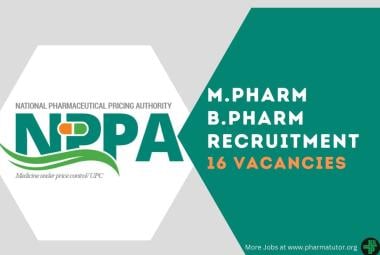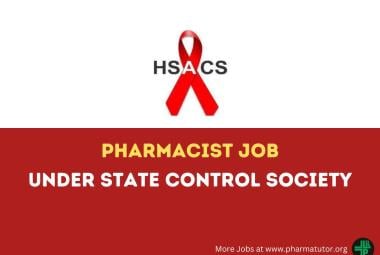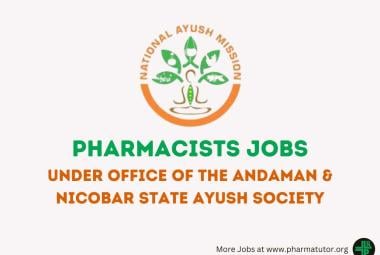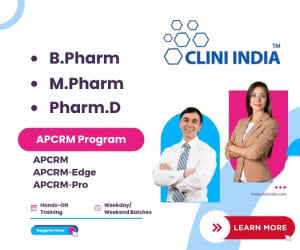NANO-PARTICLES CONTAINING ANTICANCER DRUG
{ DOWNLOAD AS PDF }
ABOUT AUHTORS
Debpratim Chakraborty*, Nisha Lama Yolmo
Department of Pharmaceutical tech,
Jadavpur University,
Kolkata, West Bengal, India
*debpratim008@gmail.com
ABSTRACT:
Now a day in medical science and researches, cancer is one of the most life threatening disease but unfortunately still now we have no medical treatment for procurement of this disease. The pathology is not totally clear but according to medical evidence if we consider genes then we must agree that oncogene and tumor suppressor genes are mainly responsible. There are some risk factor also consider which may leads to cancer. The conventional treatments are surgery, Radio-therapy and chemo therapy but the real fact is none of the above mentioned treatment is enough for procurement of cancer and that’s why now scientist and researchers are thinking about nan-technology. NCI has identified that nano-technology have the potential to make paradigm changing impacts on the detection, treatment and prevention of cancer. There are different strategies for cancer therapy using nano-particles like targeted and non-targeted nano-particles. Different studies show that the side effect of doxorubicine (an anticancer drug) can be minimizing by nano-technology, which also reduce the multi drug resistance. Nano-sphere and Nano-capsule of anti-steroid 4-hydroxytamoxifen RU reduce estrogen dependent tumor. Dendritic nano-technology with 5-fluro Uracil decreases the drug clearance and increase the therapeutic time. Methotrixate incorporated dendritic polymer target the folic acid receptor. Camptothecin loaded nano-particles show longer plasma retention, high and longer tumor localization. Nano-particles prepared by poly-lactic-co-glycolide increase the half life of Cisplatin. Paclitaxel, a microtubule-stabilizing agent that promotes polymerization of tubulin causing cell death by disrupting the dynamics necessary for cell division, is effective against a wide spectrum of cancers. Miscellaneous agent like Arsenic trioxide, Butyric Acid, Diethylene-triamine-Acetic acid show more prominent activity. Recent development in nanoparticle-based combination therapy have shown several unique features that are untenable in traditional chemotherapy. Drug combinations can now be optimizedand cleverly delivered in a more effective way.



 ABOUT AUHTOR
ABOUT AUHTOR ABOUT AUHTORS
ABOUT AUHTORS ABOUT AUHTOR
ABOUT AUHTOR
 ABOUT AUHTOR
ABOUT AUHTOR







.png)

